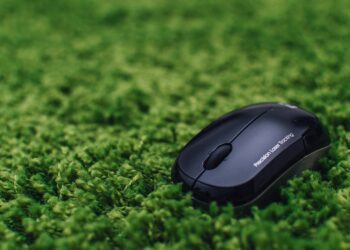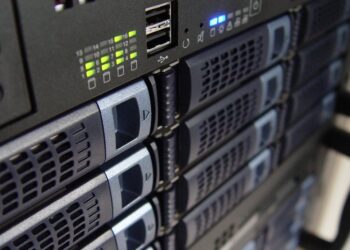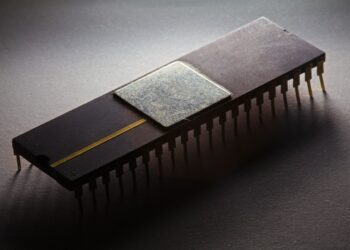The COVID-19 pandemic has brought unparalleled challenges to our healthcare systems and economies around the world. As countries continue to grapple with the impact of the virus, smart technologies powered by the Internet of Things (IoT) are emerging as crucial tools in the fight against the spread of the disease. From tracking and monitoring the health of individuals to optimizing healthcare delivery and ensuring the safety of essential workers, IoT is playing a central role in flattening the curve and curbing the impact of the virus.
One of the key advantages of IoT in the context of COVID-19 is its ability to provide real-time data and insights that can be used to make informed decisions and take proactive measures to prevent the spread of the virus. For instance, IoT devices such as wearable health monitors and smart thermometers can track vital signs and symptoms of individuals in real-time, allowing healthcare professionals to monitor patients remotely and detect any early signs of illness. This can help reduce the burden on healthcare facilities and prevent unnecessary exposure to the virus.
IoT is also being used to optimize healthcare delivery and streamline the response to the pandemic. Hospitals and healthcare facilities are deploying IoT-enabled devices to monitor patient flow, manage medical supplies, and track the availability of beds and ventilators. This real-time data can help healthcare providers make more informed decisions about resource allocation and ensure that critical resources are allocated efficiently to those who need them the most.
Furthermore, IoT is helping to protect essential workers and frontline healthcare staff by enabling remote monitoring and contactless interactions. For example, IoT devices such as robots and drones are being used to deliver supplies and medication to patients, reducing the need for direct contact and minimizing the risk of exposure to the virus. Additionally, IoT-powered thermal cameras and sensors are being used to monitor the temperature of individuals entering public spaces and workplaces, helping to identify potential carriers of the virus and prevent its spread.
Overall, IoT technology is revolutionizing the way we respond to public health crises like COVID-19. By harnessing the power of real-time data and insights, smart technologies are helping to flatten the curve and mitigate the impact of the virus on our communities. As we navigate through this unprecedented crisis, it is clear that the integration of IoT into our healthcare systems and everyday lives will play a critical role in shaping the future of healthcare and public health.








